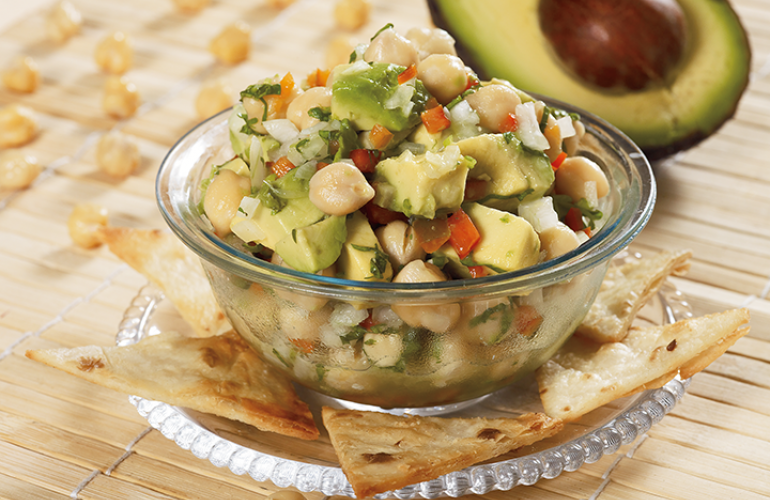More about ceviche for retired expats in Costa Rica
Recently, I wrote an article about the many different types of ceviche that are served in Costa Rica.
To familiarize themselves with Costa Rica’s unique culture expats should sample as many of the local foods as possible.
As I alluded to in my last article on the subject, “In Costa Rica ceviche or ceviche is a seafood dish typically made from raw fish cured in lemon or lime juice, and flavored with salt, cilantro, and green or red peppers. Some of the different types of fish that can be used to make ceviche are seabass, tilapia, shrimp and even lobster. Fresh slices of avocado are sometimes used to garnish this dish.
I also included some unusual types of ceviche that are prepared here. Some of which can be made of : lychee fruit, beets, water apples, garbanzos, chayote (an edible plant related to the gourd family), broccoli and cauliflower, watermelon, mango, or pineapple and grapes.
Last week I found a new recipe for ceviche which is absolutely delicious and which I would like to share with my readers. It is made from canned tuna instead of the traditional seabass, shrimp or tilapia. I’d like to point out that canned tuna is very affordable for cost-conscious expat retirees on a budget.

Tuna and garbanzo ceviche
Ingredients:
- Two cups of canned tuna fish in water (atún en agua)
- Cilantro (culantro)
- Purple onion (cebolla morada)
- Bell pepper (chile dulce)
- Celery (apio)
- 5- lemons (cinco limones)
- Avocado (aguacate)
- Toritlla chips or soda crackers (tortilla tostada o galleta soda)
- Minced cucumber (pepino bien picado)
How to prepare:
- Mince all of the ingredients.
- Add the tuna fish and all of the ingredients except for the lemons
- Let the mixture stand in the refrigerator for an hour.
- Then add the lemon juice.
- Serve with tortilla chips or soda crackers.
Enjoy!
On my monthly relocation and retirement tours my guests have an opportunity to savor a wide variety of local foods. They visit a huge outdoor farmers market and a local Spanish institute where they learn about and sample many kinds of Costa Rica’s exotic tropical fruit.



